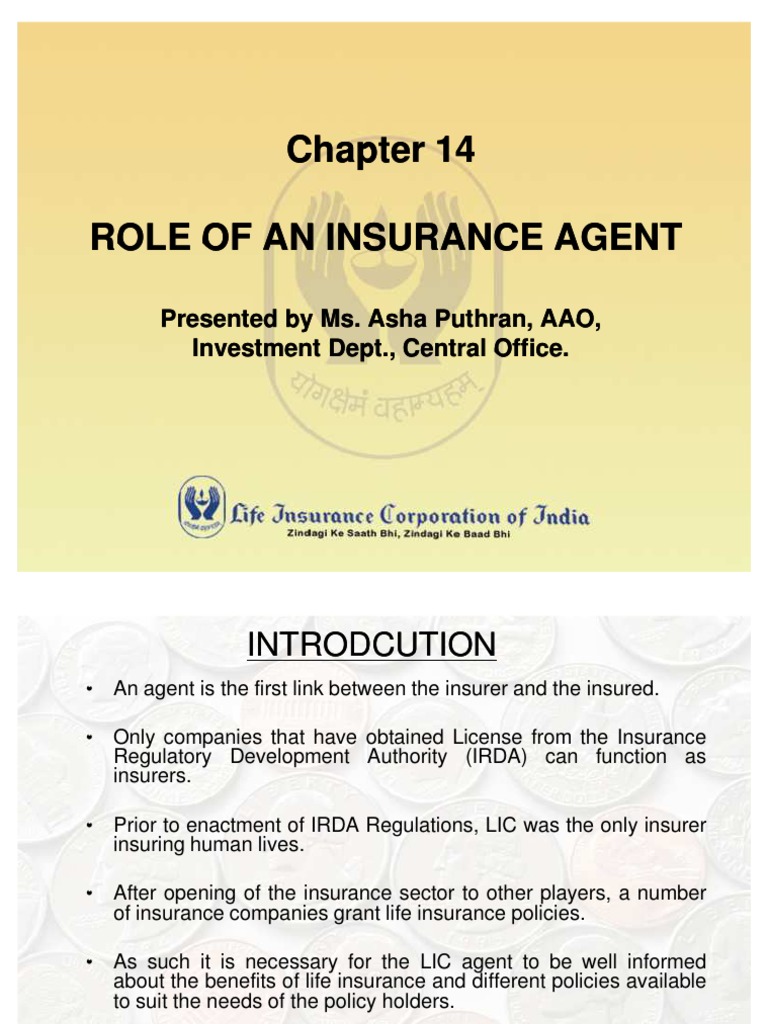Some Of Pacific Prime
Wiki Article
The 10-Second Trick For Pacific Prime
Table of ContentsThe Ultimate Guide To Pacific PrimeThings about Pacific PrimeThe Greatest Guide To Pacific PrimeThe Main Principles Of Pacific Prime Some Ideas on Pacific Prime You Should Know

This is because the data were accumulated for a period of strong financial performance. Of the approximated 42 million individuals who were uninsured, all but about 420,000 (concerning 1 percent) were under 65 years of age, the age at which most Americans come to be qualified for Medicare; 32 million were adults in between ages 18 and 65, about 19 percent of all adults in this age team; and 10 million were kids under 18 years old, about 13.9 percent of all kids (Mills, 2000).
These price quotes of the number of persons without insurance are created from the yearly March Supplement to the Current Populace Study (CPS), performed by the Census Bureau. Unless otherwise kept in mind, nationwide estimates of people without health and wellness insurance policy and percentages of the populace with various sort of coverage are based on the CPS, the most widely used source of price quotes of insurance policy protection and uninsurance prices.
3 Easy Facts About Pacific Prime Shown

Still, the CPS is particularly useful because it produces yearly quotes relatively rapidly, reporting the previous year's insurance protection approximates each September, and since it is the basis for a consistent set of price quotes for even more than 20 years, permitting evaluation of patterns in coverage over time. For these factors, in addition to the substantial usage of the CPS in various other researches of insurance protection that exist in this report, we rely on CPS price quotes, with restrictions noted.

The quote of the number of without insurance people broadens when a populace's insurance policy condition is tracked for numerous years. Over a three-year period starting early in 1993, 72 million people, 29 percent of the united state populace, were without coverage for at the very least one month. Within a solitary year (1994 ), 53 million people experienced best site a minimum of a month without protection (Bennefield, 1998a)
Six out of every 10 uninsured grownups are themselves utilized. Although working does boost the probability that one and one's household members will have insurance policy, it is not a guarantee. Also participants of family members with 2 permanent breadwinner have almost a one-in-ten possibility of being uninsured (9.1 percent without insurance price) (Hoffman and Pohl, 2000).
How Pacific Prime can Save You Time, Stress, and Money.
New immigrants represent a substantial percentage of people without wellness insurance coverage. One analysis has attributed a substantial portion of the recent development in the dimension of the united state without insurance population to immigrants who showed up in the nation in between 1994 and 1998 (Camarota and Edwards, 2000). Current immigrants (those that came to the United States within the past four years) do have a high price of being without insurance (46 percent), but they and their kids make up simply 6 percent of those without insurance policy nationally (Holahan et al., 2001).The relationship between health and wellness insurance policy and access to care is well established, as documented later on in this chapter. Although the connection in between medical insurance and health results is neither direct neither basic, a considerable clinical and wellness services research literary works links medical insurance coverage to better access to care, better quality, and improved personal and populace health and wellness status.
Degrees of analysis for examining the results of uninsurance. This conversation of wellness insurance policy coverage concentrates primarily on the U.S. populace under age 65 because basically all Americans 65 and older have Medicare or various other public coverage. It focuses especially on those without any kind of health insurance for any kind of length of time.
What Does Pacific Prime Mean?
The troubles faced by the underinsured are in some respects similar to those dealt with by the without insurance, although they are normally much less extreme. international health insurance. Uninsurance and underinsurance, however, involve distinctly different policy issues, and the strategies for addressing them may vary. Throughout this research and the five reports to follow, the major emphasis gets on persons with no medical insurance and therefore no support in paying for healthcare past what is readily available with charity and safeguard establishments
Wellness insurance policy is an effective aspect impacting receipt of care due to the fact that both people and medical professionals react to the out-of-pocket rate of solutions - https://penzu.com/p/79996ae8dade0171. Health and wellness insurance coverage, nevertheless, is neither required nor sufficient to access to clinical solutions. The independent and straight result of wellness insurance policy protection on accessibility to wellness solutions is well established.
Others will get the healthcare they require even without wellness insurance, by spending for it expense or seeking it from carriers who supply care totally free or at highly subsidized prices. For still others, medical insurance alone does not ensure invoice of treatment as a result of other nonfinancial barriers, such as an absence of health care providers in their area, restricted accessibility to transportation, illiteracy, or etymological and social differences.
Some Ideas on Pacific Prime You Should Know
Official study about uninsured populations in the United States dates to the late 1920s and early 1930s when the Committee on the Expense of Medical Treatment generated a collection of records concerning financing medical professional workplace check outs and hospitalizations. This issue became salient as the numbers of medically indigent climbed up throughout the Great Depression.Report this wiki page